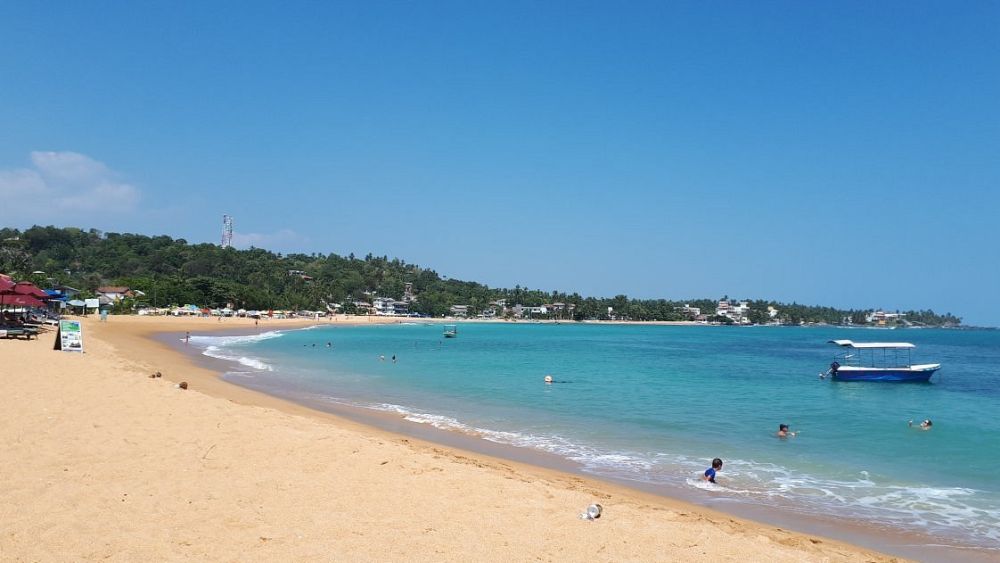

The sandy shores of Unawatuna Beach in Galle, Sri Lanka, have long held an irresistible allure for travelers seeking the idyllic combination of sun, sea, and serenity. Located just south of the historic city of Galle, Unawatuna has delicately balanced traditional coastal life with evolving tourism demands, forging a unique place for itself on the global travel map.
The history of tourism at Unawatuna Beach can be traced back to the 1970s when it was a quiet, virtually undiscovered paradise. Those who stumbled upon it were mainly intrepid backpackers and adventurers. The beach was characterized by simple huts and small guesthouses offering basic accommodation. It was preferred by those looking to escape the beaten path and immerse themselves in the tranquility of coastal Sri Lankan life.
As word of mouth spread about this hidden gem, the 1980s and 1990s saw a steady increase in visitor numbers. The tourism potential of Unawatuna Beach began to shape local infrastructure. Soon, a more organized hospitality sector emerged with better facilities and more comfortable lodging options, drawing in a wider audience that included sunbathers, divers, and culture enthusiasts eager to explore the nearby Galle Fort—a UNESCO World Heritage Site.
December 2004 marked a turning point when the Indian Ocean earthquake and tsunami brought devastating destruction to the area. Yet, the catastrophe also brought the world's attention to Unawatuna. The resilient spirit of the local community, coupled with international aid, led to a rapid rebuild and restoration of the beach and its facilities. The crisis highlighted the importance of sustainable and sensitive development in preserving Unawatuna's natural beauty and cultural integrity.
In recent years, Unawatuna has witnessed a surge in eco-tourism and responsible travel initiatives. Today's travelers are increasingly conscious of their environmental footprint, seeking out eco-friendly accommodation and experiences that promote the preservation of the beach's stunning natural habitat. There has been a rise in boutique hotels and villas that prioritize sustainability, offering luxuries that coexist harmoniously with the environment.
Furthermore, Unawatuna Beach has become a year-round destination. Although the peak season is traditionally from October to April, many visitors now also enjoy the quieter monsoon months. Practices such as yoga retreats, ayurvedic wellness programs, and cooking classes showcasing Sri Lankan cuisine are amplifying the area's appeal, allowing tourists to indulge in experiences that promote health, well-being, and cultural immersion.
The evolution of Unawatuna's tourism sector continues today, as the area adapts to the changing trends and expectations of the global traveler. While it has grown substantially from its humble beginnings, the persistent charm of Unawatuna Beach endures, with its palm-lined shores and crystal-clear waters reminding us of the timelessness that initially captured the hearts of those early visitors.
With the introduction of improved transportation links, including the extension of the Southern Expressway connecting Colombo to Galle, access to Unawatuna has never been easier, promising a continued influx of visitors eager to experience this coastal haven's magic.
As Unawatuna Beach looks to the future, the commitment to preserving its environment, heritage, and local lifestyle will be paramount in ensuring it remains one of Sri Lanka's most treasured destinations for many years to come.